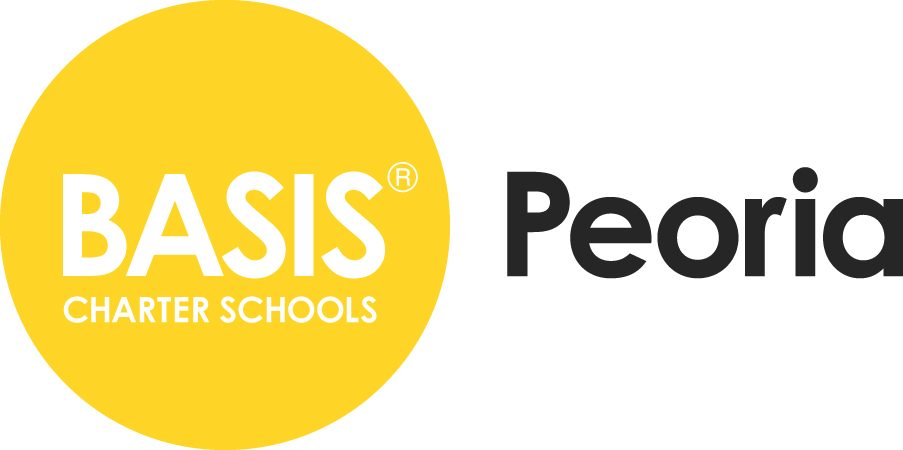Pixel Software
Pariza F -
Back to the data we collected two weeks ago, I have individually counted the microglia, and now to double-check our data, we are using a pixel software. Pixel is a software tool designed for quantitative analysis of microglia or any macrophage—the immune cells of the brain—based on imaging data. It is particularly useful in neuroscience and neuroinflammation research, where understanding microglial morphology and distribution can provide insights into brain health and disease processes, such as Alzheimer’s, stroke, or multiple sclerosis.
Pixel allows us researchers to process high-resolution microscopy images (typically from confocal or fluorescence microscopes) to detect and quantify microglia and their morphological features. Those images I have shared on here in my other posts if you want to check them out! Anyways, the software uses algorithms to segment microglial cells from the background, trace their processes, and measure parameters like cell body size, process length, branching complexity, and spatial distribution. These metrics are crucial for distinguishing between resting and activated microglial states, as activated microglia typically display shorter, thicker processes and a more amoeboid shape.
One of Pixel’s strengths is its ability to handle large image datasets and provide automated, reproducible analysis, minimizing human error and subjectivity. It often integrates with ImageJ or Fiji and can be adapted for batch processing, making it efficient for large-scale studies. In our scenario, we used ImageJ to individually/ manually analyze the images, so now we are using ImageJ with Pixel to process these images again.
Additionally, Pixel offers visualization tools to overlay analysis results onto the original images, helping researchers verify accuracy. The software can also export quantitative data for statistical analysis in programs like Excel, R, or Python.
Overall, Pixel facilitates detailed and unbiased microglial analysis, enhancing the ability of researchers to track neuroimmune responses under different experimental conditions or disease models. We can use this to check our data to ensure our publication.
Besides that, I hope you all have a nice week and stay tuned for next week!
